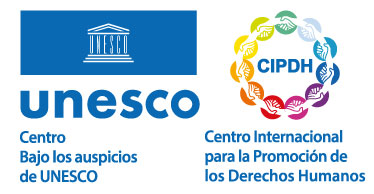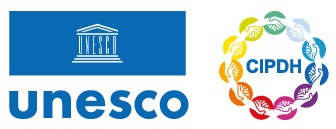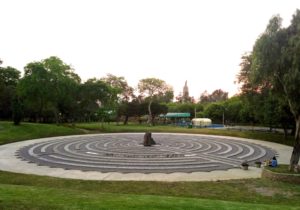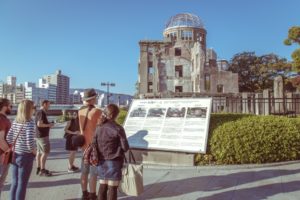Sanctuary of the Fallen of the community El Triunfo
Monument
Theme: Armed conflict

Address
Community El Triunfo
Country
Guatemala
City
Champerico
Continent
America
Theme: Armed conflict
Purpose of Memory
To honor the people murdered and the victims of enforced disappearance of the Communities of Population in Resistance.
Institutional Designation
Sanctuary of the Fallen of the community El Triunfo
Date of creation / identification / declaration
2017
Public Access
Free

Location description
The monument “Santuario de los Caídos” (Sanctuary of the Fallen of the community El Triunfo) has an altar and a plaque with the names of the 300 people killed and victims of enforced disappearance from the Communities of Population in Resistance (CPR) during the armed conflict in Guatemala (1960-1996). Every February 25, the date on which the report of the Commission for Historical Clarification was submitted in 1999, the National Day of Dignity of the Victims of the non-international armed conflict is commemorated. On this date, the members of the community honor the victims and pray in the sanctuary where flowers are laid and candles are lit.
For more than 36 years, between 1960 and 1996, Guatemala went through a non-international armed conflict that resulted in a broken community, with hundreds of thousands of victims. The confrontations between the State and militias and the insurgent groups during the Cold War added to the complexity of the Guatemalan society, a multiethnic and pluricultural nation affected by poverty, injustice and social inequality.
November 13, 1960, is considered the date on which the conflict started, when a group of Army officers attempted a coup d’etat against the government of Miguel Ydígoras Fuentes. The movement was defeated, but created the political-military organization “Movimiento 13 de noviembre” (MR13) that would have an important role in the entire Guatemalan process.
During the ‘60s, many revolutionary movements emerged. In 1963, the Army carried out a coup d’etat and imposed a dictatorship for the purpose of defeating the guerrilla. Thus, a long period of political persecution, kidnappings and significant massacres began and it lasted until the mid-’80s. In 1986, a National Constituent Assembly was summoned and democratic elections were held; an incipient period of peace began.
The rural population was particularly affected by the violent events. During the period 1981-1982, about fifty thousand people had to leave their homes and settled in jungle areas in the Quiché Department. They spent several years there, isolated from the outside world in tough conditions. However, they developed a strong organizational bond that led them to form the so-called “Communities of Population in Resistance” (CPR), which were characterized by having its own political, social and economic system. They became publicly known in February 1990, after a campaign was held to denounce the government so as to obtain national and international support.
In 1996, the Peace Agreements signed between the government and the Guatemalan National Revolutionary Unity (URNG) (which brought together the four most important guerrilla organizations in Guatemala) formally ended the conflict. According to the United Nations Historical Clarification Commission, during the armed conflict in Guatemala more than 200,000 people were murdered, out of which 45,000 are still missing and nearly one million were forcibly displaced.
The Peace Agreements signed in 1996 between the Government of Guatemala and the URNG negotiated peace solutions to overcome social conflicts and established measures to preserve the memory of the victims for the purpose of promoting a culture of mutual respect and the protection of human rights, as well as strengthening the democratic process.
The Commission for Historical Clarification (CEH), which had been created in 1994 to restore the right to the truth in the Guatemalan society, was integrated into the Peace Agreements. In 1997, the CEH formally began its investigation of the armed conflict and, in 1999, published the report “Guatemala, Memory of Silence”. This report suggested actions to preserve the memory of the victims, for example, by declaring February 25 as the day of the victims of violence, by recognizing multiculturalism and by building memory sites.
Once the Peace Agreements were signed, the CPRs were resettled in different departments of Guatemala. Three hundred and fifty families coming from the CPR of the Sierra settled in El Triunfo community (Champerico Municipality, Retalhuleu Department) on September 25, 1998.
Based on the CEH’s proposal, the Communities of Population in Resistance (CPR) of the Sierra inagurated different types of memorials, such as monuments, plaques and mural paintings.
On June 22, 2017, the CPR of the Sierra inagurated the Santuario de los Caídos with a plaque bearing the names of the 300 victims of the Guatemalan conflict that reads that the monument honors the “martyrs and heroes who sacrificed their lives to defend the rights of the communities in Resistance”. The project was financed by the State of Guatemala and by the National Reparations Program and was managed by the Victims Committee, the Community Councils of Urban and Rural Development, local authorities and people from the community. Representatives of the other communities in resistance also attended this tribute.
Every February 25, tributes and marches are organized throughout the country to commemorate the National Day of Dignity of the Victims of the Internal Armed Conflict. On this date, the CPR of El Triunfo honors the victims of the conflict in a ceremony at the sanctuary during which flowers are laid and candles are lit.







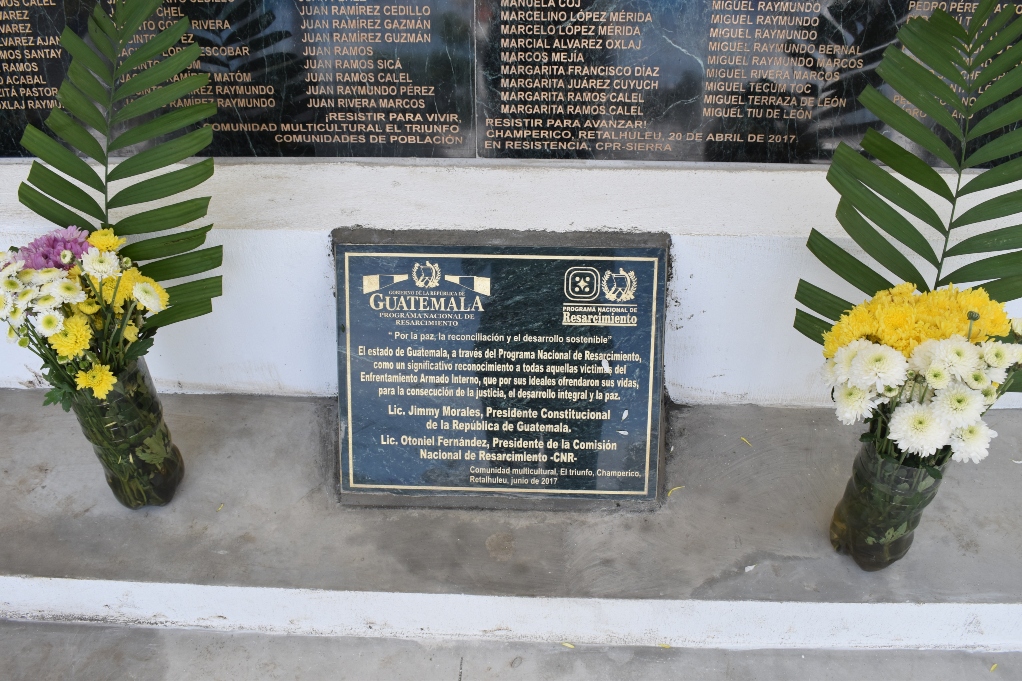
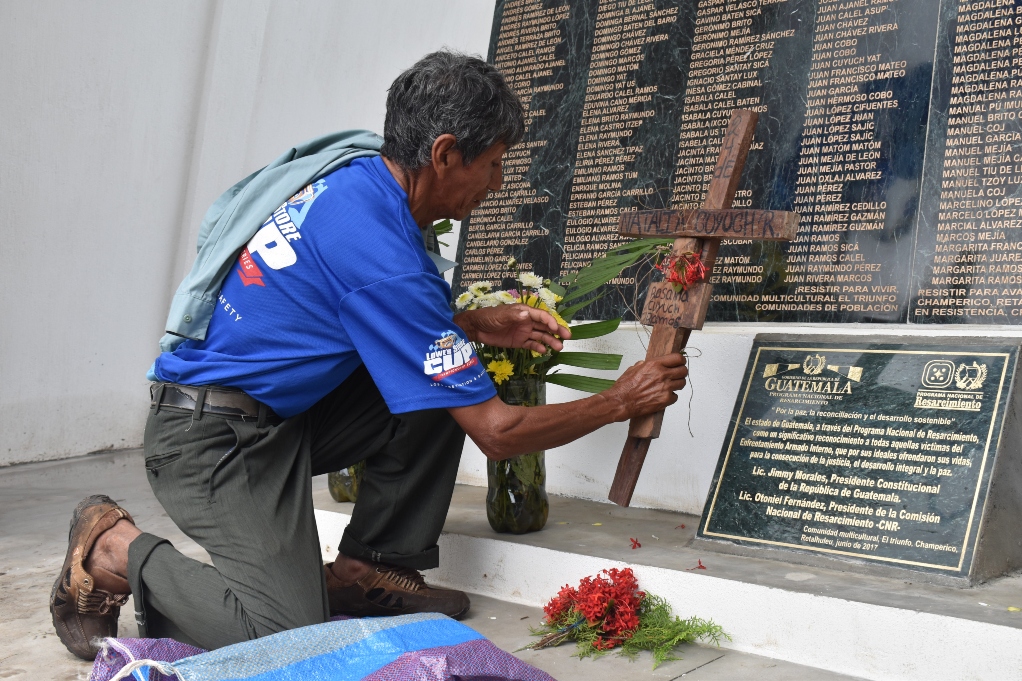
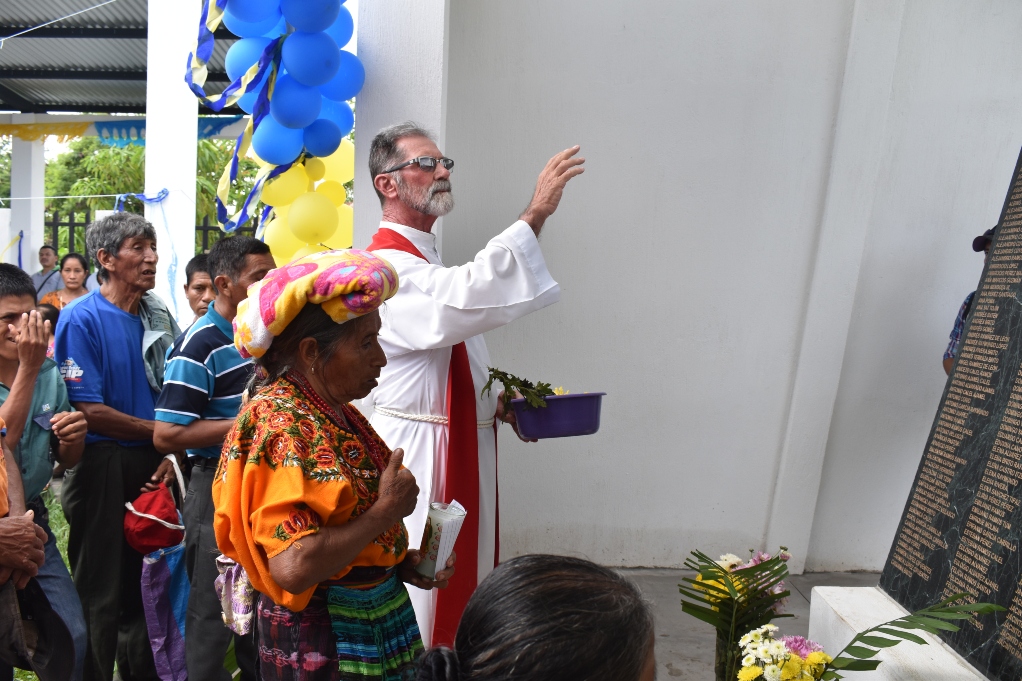
Organization in Charge - Main Referent
Community El Triunfo
